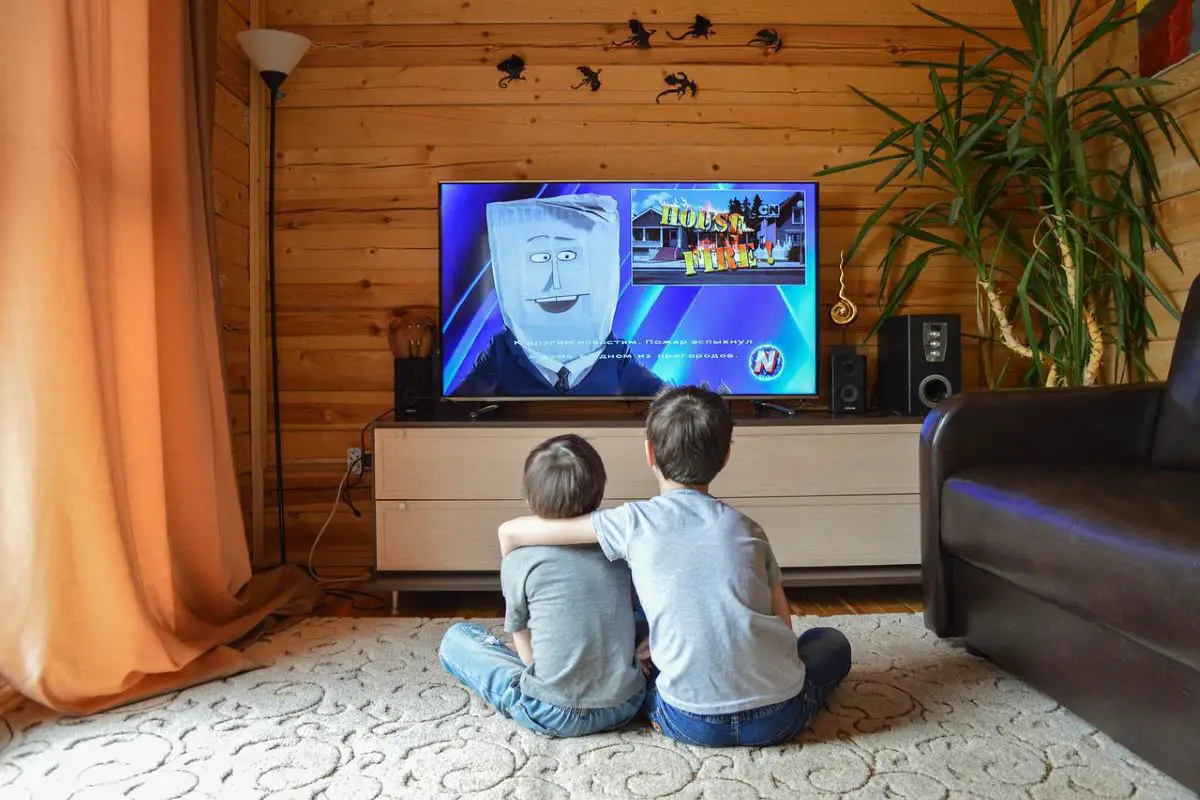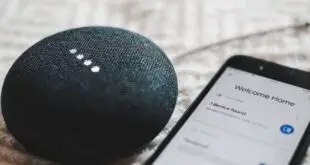To many of us, life is not complete without a TV. It is part of our daily life, and we at least watch some TV every day. Determining the right TV size starts with knowing how to measure the size. So, how to measure TV size?
You measure the size of a TV using a measuring tape and pull the tape diagonally, usually from one corner to the other. Such measurement method considers whether the TV is wider or taller than usual.
This article will explore in detail how you can measure the right TV size and figure out how you measure a TV size without the help of a measuring tape.
We also discuss why TVs are measured diagonally before showing how you can determine the right TV size for your needs.
How To Measure TV Size
You measure a TV size with a measuring tape. You pull the tape from one corner of the TV panel to the opposite corner; do not include the bezels or surfaces that do not show the display. TV sizes are usually expressed in inches, although measurements in CM or MM are also common.
One good thing about the following measuring method is that you can use it to measure almost any screen display. TV, monitors, to large on-screen displays you see in stadiums and event halls, can be measured this way. The method of measuring displays is pretty much standard worldwide as well.
To measure TV size correctly, you will need a measuring tape. A normal one should do, as most smaller measuring tape has about 15ft (5M) of length, which in many cases should be enough to measure TV size.
A soft measuring tape commonly used by tailors can also be used if you do not have a measuring tape. You will have more of the tapes to deal with as you measure.
You may also have cellophane tape ready, but this is optional. Basically, you use this tape to secure the end of the measuring tape so you can focus on looking into the measuring tape on the other end of the TV’s corner.
To measure TV size:
- Identify the TV’s corners. TVs have a rectangular shape almost all the time, meaning the four corners should be clearly and easily identified.
- Pull out your measuring tape, and place the beginning of the ruler right at the corner of the display. When you measure a TV, you do not take into account the bezels or any parts of the TV that cannot display moving pictures.
- This step is optional, but you may tape the end of the measuring tape down. This lets you focus on reading the other end of the tape more easily. Just be careful not to scratch your TV screen.
- Now pull the measuring tape to the opposing, diagonal corner of the TV. Pull your measuring tape to the top right corner if you start measuring from the bottom left corner.
- Again, stop right at where the display ends. Read into the tape; the measurement would be how big your TV is. TV size is commonly expressed in inches, so you may want to take note of that.
How To Measure TV Size Without A Measuring Tape?
In the event you do not have a measuring tape, you may replace the tape with any string. You can also rely on digital rulers on your phone or search for the TV model online for the measurement size.
Yes, not all of us walk around with a measuring tape, unlike contractors. This means we may suddenly be placed in a position where we may need to measure a TV but do not have a measuring tape in hand.
This means you may need some temporary help. You can consider three methods: use any strings, a digital ruler, or search for the size online once you figure out the make and model.
Any Strings
With this method, you replace your measuring tape with any string you can find, take the measurement, make the markings, and then lay the string on a ruler when you have time.
Most of the time, we carry strings with us without realizing it. Shoelaces are a good example. Some of us wear waist belts, and some ladies carry shoulder bags with long straps. These could all be used to measure TV size.
Simply place one end of the string on the bottom corner of the TV, and pull to the opposite, diagonal corner of the TV. Mark where the length ends, and place the mark on a ruler when you can find one.
Digital Ruler
With this method, you rely on the digital ruler on your phone. The ways to operate the digital ruler on your phone may differ, so you may need to check with your phone manufacturer.
Usually, you are required to point your phone camera to a ‘starting position’ and then move your phone to the ‘end position.’ The phone will then calculate the distance traveled as length.
This may work, but perhaps it is still best to measure directly with a ruler. Digital rulers may not be as accurate once we add other factors influencing the readings, such as our hand movements.
Search Online
This method only requires you to identify the make and model of the TV and then search online for the measurements. This may be the most direct way of measuring TV size without a ruler.
However, it is very important that you clearly identify the TV make and model to avoid getting the wrong measurement. Working with the wrong information may result in you making a wrong purchase decision.
Why Is TV Size Measured Diagonally?
TV size is measured diagonally as it is the best way to take into account the display’s width and height. Different displays may have different widths and heights, so measuring either height or width only will not be accurate.
TVs usually come in multiple display ratios, usually expressed in X:Y format. For example, you may see ratios such as 4:3, 16:9, 16:10, etc. These ratios are a clear indication that TVs do not come in a standard size and may have multiple heights and widths.
As a result, what happens here is that you cannot use a typical method of measurement to measure a TV size. You cannot just measure the width, or the height of the TV, since simply measuring one dimension would not accurately reflect the TV’s actual size.
You might want to measure the width, then the height, and then calculate the TV size using a Pythagorean theorem. It might be accurate, but chances are this is a bit of an overkill and might not be necessary.
The best and most direct way is to just measure from one corner of the display and stop at the opposite, diagonal corner of the TV.
How To Determine The Perfect TV Size?
One recommended rule is to measure the distance between your viewing position and the screen in inches and divide the number by 2.5. The result is the suggested TV size you can get in inches.
The key to getting the perfect TV size is to avoid either one of the scenarios. First, your TV is too small, you have to squint your eyes to see what’s on the TV. The second is that the TV is too big that you see the individual pixels on the screen.
The key to achieving the balance is to calibrate the TV size with the distance you are viewing it from and decide on the suitable size.
SMPTE (Society of Motion Picture and Television Engineers), THX, and TV manufacturers seem to have different recommendations on how to determine the perfect TV size. But for the sake of safety and brevity, let’s take the most conservative numbers.
The recommended number is 2.5. To use this number, you:
- Measure the distance between your display and your viewing point. This usually translates into the distance from your couch to the TV bracket at home. Take the measurement in inches.
- Take the measurement in inches, and divide the number by 2.5. For example, if the distance between your couch and wall is 8 feet (96 feet), take 96 inches and divide by 2.5.
- That should get you 38, which means your TV display should be around 38 inches.
You may go even larger, but if you go into larger TV sizes, you may need to move into higher resolution TV. This is because you might see the individual pixels with lower resolution displays such as HD (High Definition). You may need either a 4K display or higher.
 Being Human
Being Human




